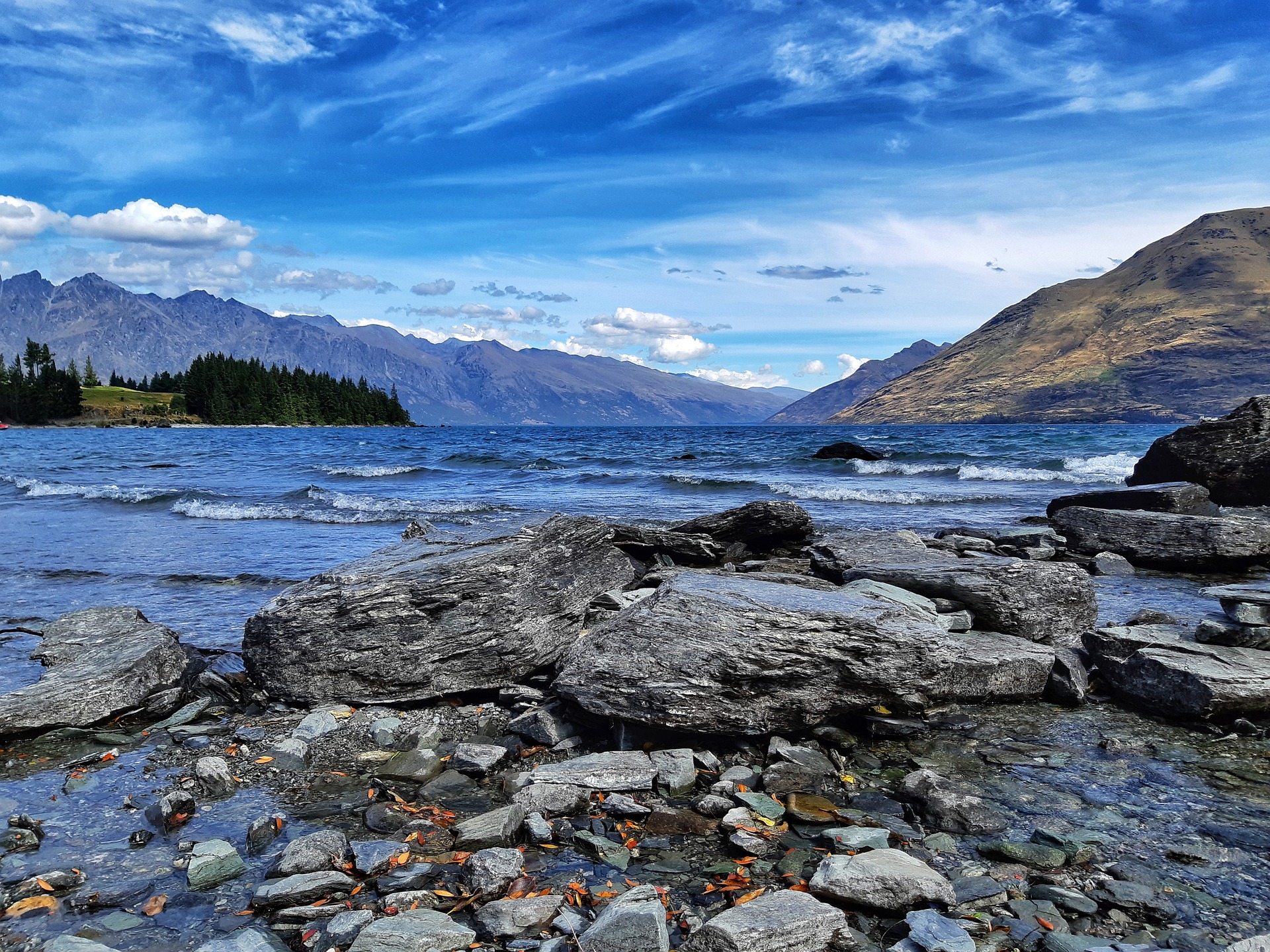
Te Whanganui -a-Tara – New Zealand is looking at the viability of pumped hydro along with an alternative, multi-tech approach to build a resilient, affordable, secure and decarbonised energy system.
A NZ battery project was established in 2020 to find innovative solutions to the dry year problem, when hydro-electricity lakes run low, leading to the burning of more fossil fuels to cover the electricity shortfall, and often higher power bills.
Until Aotearoa addresses the dry year problem, it will continue to rely on burning expensive and polluting fossil fuels to produce electricity, which impacts on power bills.
Pumped hydro is an ingenious way of storing energy in a big reservoir, which is released into a lower reservoir when more power is needed, like a giant battery.
A dry year solution would be a huge step towards our mission to move towards more renewable energy generation and power more of New Zealand in New Zealand.
To recognise that while New Zealand analyses and plans, decarbonisation through electrification is increasing demand and vulnerability to supply disruption.
A massive $16 billion pumped hydro system in the lower South Island compared to a more diverse portfolio of solutions looks really risky.
Trying to address dry year with one king hit is risky especially if it delays progressing a more diverse range of solutions which contribute to the problem.
The wood pellet tech being tested by Genesis at Huntly allows the pellets to be stored outside for up to four years.
Bio mass looks increasingly like a reliable, low risk option that can be scaled. A series of smaller generators closer to the biomass supply with low / no emission automated ground transportation to connect growing and processing sites will have higher op ex and lower capex solution.
It offers better resilience and less risk and allow a modular scaling up. Each generator would hold a multi-year inventory of pellets that turned over continually.
Government is looking at alternatives to the scheme including a combination of comparator tech and scoping a possible smaller pumped hydro scheme in the central North Island, subject to agreement with iwi.
Biomass, flexible geothermal energy, and hydrogen have been identified as the possible alternatives to pumped hydro, as they have the most potential collectively to store enough energy to help solve the dry year problem.
A detailed business case is expected to be developed by the end of 2024, followed by a final investment decision, which is expected to take a further two years. The progress is painfully slow.

